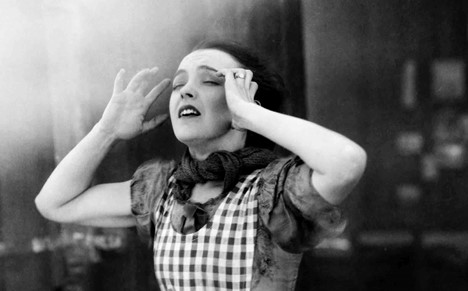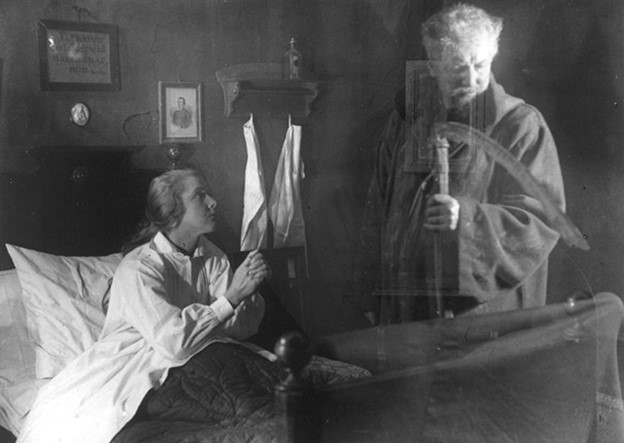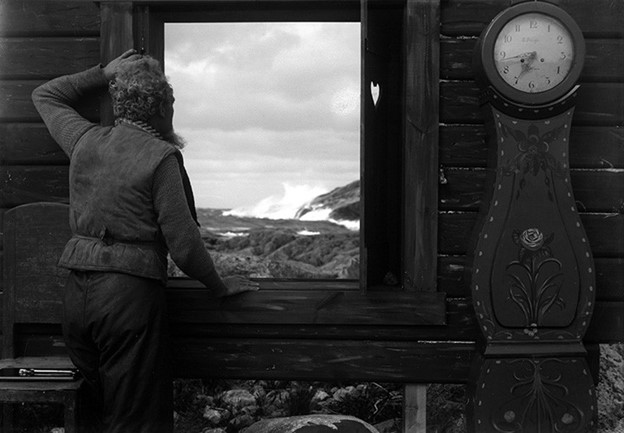Blind Husbands (1919)

Erich von Stroheim's "Blind Husbands" In 1909, Austrian filmmaker Erich von Stroheim emigrated to America when he was 24 years old. His experiences as a travelling salesman brought him to Hollywood in 1914, where he found work as a stuntman. That year, he was lucky enough to work on the biggest film in the history of cinema, D.W. Griffith's " The Birth of a Nation ." He was an extra and horse handler on the production. Because of this work, he was also able to work on Griffith's next project, " Intolerance ," this time as an assistant director. After the success of the film, Stroheim went around Hollywood as a swiss army man for productions, as he vacillated between acting, assisting, and technical advising. In 1917, the United States had entered the first World War, and Hollywood began crancking out pro-war, anti-German propoganda films. Stroheim, being of Austrian descent as well as an expert on German military uniforms and paraphemalia, st





